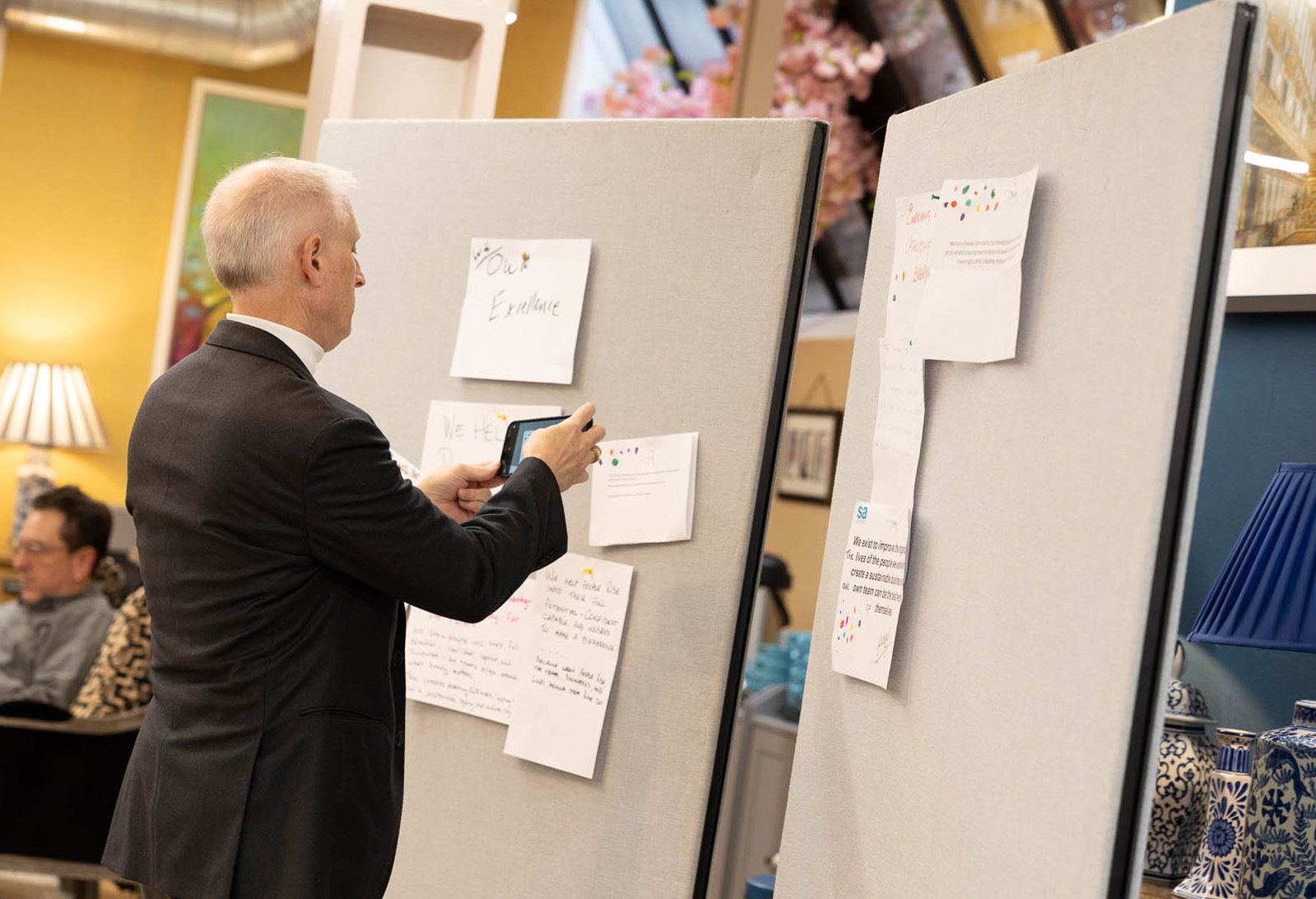


For decades, this port had been a symbol of pride and reliability. Families worked side by side, passing down knowledge and loyalty through generations. That sense of heritage built a strong community, but it also created hidden dependencies. Leadership was often based on seniority rather than intent. Teams relied on experience instead of shared learning.
The organisation’s results were steady, but the world around it was changing faster than the culture within. Regulations, customer expectations, and technology were evolving, yet the way people worked together remained the same.
The leadership team began to see the strain. Morale was slipping, collaboration was uneven, and trust was fading. Supervisors were firefighting rather than leading. Conversations focused on daily output rather than long-term growth. The same people who had built the port’s success were now held back by systems and habits that no longer worked.
The challenge was not a lack of commitment. It was a lack of connection between people, purpose, and leadership.
When S A Partners began working with the port, the first step was not to introduce a program but to listen. The focus was on understanding the people, their values, and the barriers that prevented them from leading with confidence.
Through open conversations, structured diagnostics, and coaching workshops, the teams began to see what was really holding them back. Leadership behaviours were inconsistent. Recognition was rare. Many people had learned to avoid taking ownership because they did not feel empowered to make decisions.
As trust was rebuilt, new possibilities started to emerge. Leaders began to reflect on how their own behaviours influenced the culture. Teams were encouraged to share ideas and collaborate on solutions. A new leadership framework was created to provide structure and support, focusing on self-awareness, emotional intelligence, and accountability.
The shift did not happen overnight, but gradually, small moments of change began to add up. Supervisors started asking questions instead of giving instructions. Leaders began to coach rather than command. Teams took pride in their ability to solve problems together.
That change in behaviour became the turning point. Once people saw they could shape their environment, improvement stopped feeling like an initiative and started becoming part of the work.
As the new systems and behaviours took hold, confidence grew. Teams began to see that leadership was not confined to a job title but existed in the choices and behaviours of everyone in the organisation.
Regular huddles and one-to-one coaching sessions replaced reactive management. Problem-solving became proactive, and communication improved across departments. Conversations that once focused on what had gone wrong shifted toward what could be done better next time.
Leaders learned to connect their teams’ daily work to the wider purpose of the port. They created clarity, built consistency, and made time to develop capability rather than chase problems. Over time, the culture transformed from cautious compliance to confident collaboration.
The port had not lost its legacy. It had evolved it. The same people who once felt powerless were now driving improvement with pride and belief. Leadership had become a shared responsibility, and the culture reflected that ownership at every level.
The results spoke for themselves. Engagement increased by 20% in the first year. 85% of leaders completed structured development programmes, creating consistency and alignment across every department. Problem-solving became routine, and collaboration between functions reached new levels of trust and openness.
Safety and reliability also improved. Teams acted promptly to prevent issues and took pride in owning the outcomes. Supervisors who once managed by instruction were now coaching for capability, and leaders who once felt detached had become visible, approachable, and consistent.
Beyond the metrics, the organisation rediscovered belief in itself. People began to see that leadership was something they could practise every day. Teams felt heard, valued, and connected to a shared purpose. Excellence was no longer an aspiration; it had become a habit.
Excellence in people is not about charisma or control. It is about creating the conditions where everyone has the opportunity to lead, learn, and contribute.
You can see it in the way people listen to one another, in how problems are raised early and solved together, and in the quiet confidence of teams who trust both their leaders and their systems.
Reliable performance is the product of engaged people. Engagement grows when leaders invest in understanding, when teams are encouraged to take ownership, and when growth becomes a shared goal.
Every improvement begins with a question: how can we help our people succeed? Each time that question is asked and acted upon, excellence moves from something to chase to something you live.
Excellence in people does not happen by chance. It is created through belief, behaviour, and the everyday choices that allow people to thrive.
When your people grow, your organisation grows with them.
It’s revealed when belief and behaviour come together to make work meaningful. It appears in the confidence of leaders who listen, in the energy of teams who collaborate, and in the pride people feel when their work has purpose.
That is where true excellence lives, not in authority or control, but in care, connection, and growth.
Our role is simple: to help you find it, nurture it, and sustain it.
Because excellence isn’t somewhere out there… It’s already in here.